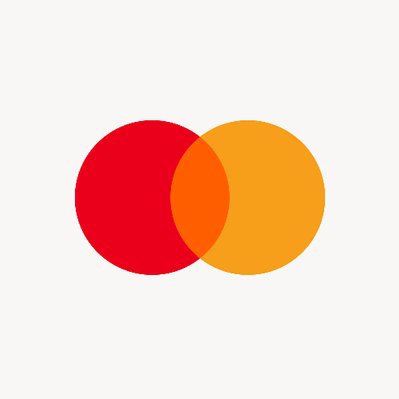
Mastercard Behavioral Interview Template — Product Designer (Engineering)
Purpose: Assess how a Product Designer operates in Mastercard’s payments context, aligns with the company’s Decency Quotient (DQ), and demonstrates product thinking, collaboration with engineering, and design rigor under regulatory and security constraints. What this interview covers at Mastercard: - Culture & DQ alignment: Evidence of decency in action (respect, integrity, inclusion), psychological safety, and how candidates elevate teams and customers. - Customer-centric problem solving at global scale: Designing for varied users (cardholders, merchants, issuers, fintech partners, governments) across >210 markets; balancing consistency with regional needs, localization, and accessibility (WCAG) in high-trust experiences like checkout, dispute flows, onboarding, and identity. - Risk, compliance, and privacy-by-design: Navigating constraints such as PCI, SCA/PSD2, fraud/risk controls, and data minimization; designing for trust, transparency, and recovery states (errors, declines, chargebacks) without degrading conversion. - Data-informed design: Using both quantitative signals (conversion, approval/authorization rates, false declines, latency impact on drop-off, NPS/CSAT) and qualitative insights; forming hypotheses, running experiments ethically, and iterating with guardrails. - Cross-functional execution: Partnering with engineering (APIs/SDKs, performance, feasibility), product, risk, legal/compliance, data science, and customer-facing teams; communicating decisions, negotiating trade-offs, and delivering outcomes. - Systems thinking: Leveraging and contributing to design systems, tokenization/identity patterns, and component governance across multiple products to reduce complexity and enhance trust. Suggested 60-minute format (behavioral focus, STAR-friendly): - 0–5 min: Warm-up and role context; clarify candidate’s recent scope and stakeholders. - 5–25 min: Deep dive Project A — A complex product decision in payments. Probe discovery methods, constraints, decision trade-offs, measurable outcomes, and what they’d change with hindsight. - 25–40 min: Collaboration & conflict scenario — Partnering with engineering/risk/compliance under a tight deadline or regulatory requirement; explore negotiation, alignment, and delivery. - 40–50 min: Trust, accessibility, and global scale — Example adding clarity to error/edge cases, improving accessibility, or solving for localization without fragmenting the experience. - 50–55 min: DQ & culture — A moment the candidate modeled decency, inclusion, or mentorship; how they build healthy team dynamics across time zones. - 55–60 min: Candidate Q&A. Sample behavioral prompts tailored to Mastercard: - Tell me about a time you improved a high-stakes payment flow (e.g., checkout, authentication). What trade-offs did you make among conversion, security, and clarity? - Describe a situation where regulatory or compliance constraints (e.g., SCA/PSD2, PCI) forced a significant design change. How did you preserve user trust and business outcomes? - Give an example of designing for global markets and accessibility. How did you address localization, readability, and assistive tech while maintaining a cohesive system? - Walk me through a disagreement with engineering or risk over a design decision. How did you reach alignment and what was the outcome? - Share a time you used data to overturn a design assumption. What metrics moved (e.g., approval rate, false declines, latency-related drop-off), and how? - Tell me about a moment you demonstrated DQ — advocating for a user or teammate — and what changed because of your actions. Evaluation rubric (1–5, calibrated to Mastercard standards): - Customer & outcomes: Clear problem framing, measurable impact, balances trust/safety with simplicity. - Collaboration & influence: Works constructively with engineering and risk/compliance; resolves conflict with data and empathy. - Craft & systems: Strong information architecture, error/edge-state thinking, accessibility, and design-system contributions. - Product judgment: Prioritizes effectively, reasons about trade-offs under constraints, learns from experiments. - Culture & DQ: Consistently models decency, inclusion, and ethical decision-making; elevates team behavior. Logistics & expectations: - Format: Structured behavioral interview with follow-ups; STAR responses encouraged. - Materials: Candidate may reference a portfolio for context, but focus remains on behaviors, decisions, and outcomes rather than visuals. - Panel: Typically a Product/Design partner and an Engineering counterpart; occasional inclusion of Risk/Compliance depending on team. - Signal: Interview contributes to a holistic read alongside craft/portfolio, cross-functional, and (when applicable) case/whiteboard sessions.
60 minutes
Practice with our AI-powered interview system to improve your skills.
About This Interview
Interview Type
BEHAVIOURAL
Difficulty Level
3/5
Interview Tips
• Research the company thoroughly
• Practice common questions
• Prepare your STAR method responses
• Dress appropriately for the role